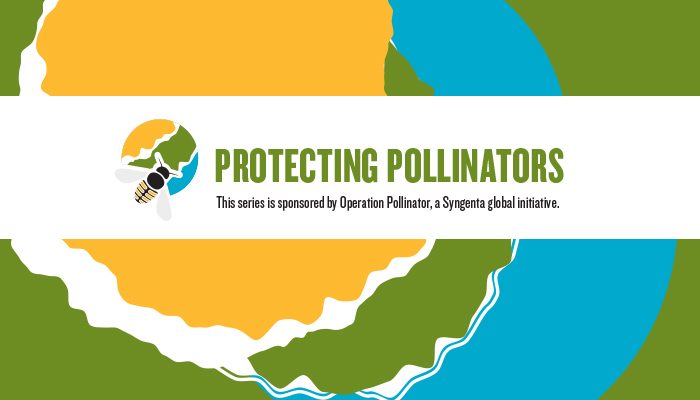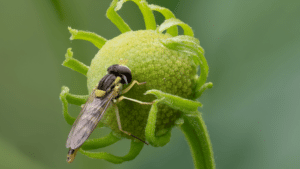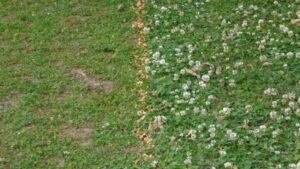Why choosing pollinator plot plants isn’t as simple as you thought.
With efforts to support pollinator habitats on the rise, it’s important to consider that there is more to the solution than simply tossing some wildflower seed into fence rows and roadside ditches.
During the past several years, thousands of acres of habitats have been planted, which means more potential health and nutritional benefits for pollinators, such honeybees, native bees and butterflies. But the process of choosing seeds that suit specific projects often takes more science than meets the eye.
“Not all flowers are even attractive to pollinators,” says Diane Wilson, a Colorado-based ecologist with Applewood Seed Company. “When looking at the whole realm of garden and wildflowers, there is only a certain set that is attractive, and a smaller set that is considered highly attractive. We need to be sure we’re choosing flowers that are in that category for these projects.”
Wilson says just because something is available doesn’t mean that it is suitable for your project.
There are also farm factors to consider as well, including what plants work well with field crops.
“You certainly aren’t going to want to plant something that’s invasive. A mix that’s been designed to thrive in difficult conditions such as a roadside is likely to take over a well-prepared, fertile field,” Wilson says.
Liz Hunt, a Syngenta sustainable solutions lead with previous experience in the Syngenta Flowers business, says the goal is a healthy balance.
“At the end of the day, with the research that’s been done, we want to be able to provide quality seed and valuable resources for farmers and collaborators,” Hunt says. “We want to make sure there is a positive environmental benefit and that it still works alongside commercial farming.”
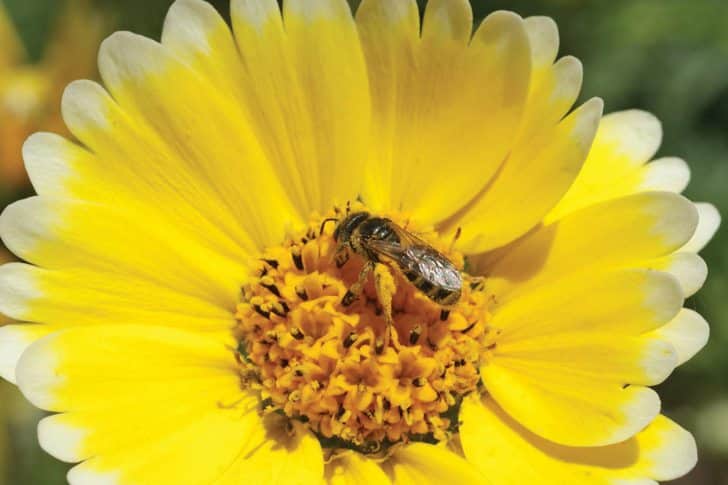
Pollinator Preferences
Research has proven that specific pollinators are best matched with specific types of flowers based partly on preferences we don’t fully understand, such as color, but largely based on physical characteristics.
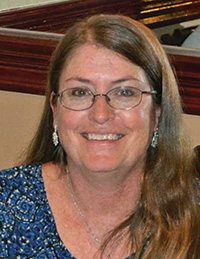
“Tongue sizes, body sizes and other body features are very important. One example is the leaf cutter bee,” Wilson says. “The females have a pollen brush on the underside of their abdomen, and they are matched well with flowers that have the stamens on the lower side of the flower because it brushes right across that lower abdomen area.”
About 80 percent of native bees are considered general foragers, and 20 percent are specialist foragers, which means they only forage from a group of closely related species or sometimes just a single plant species.
“For example, little sweat bees have short tongues and tend to like flowers in the aster family, with disc-shaped flowers and short nectar access. They can’t go after plants with a long nectar tube,” Wilson says.
“When it comes to honeybees, they are considered general foragers, but they do have preferences we can try to cater to,” Wilson says, mentioning herbs such as oregano, borage and thyme, as well as aster, lavender hyssop and Gaillardia as favorites.
The Right Mix
Pollinator mixes are often based on providing as much diversity in plant species selection as possible.
“The main thing is to try to get a highly diverse flower mix, with a wide range of flower shapes to attract the widest array of pollinators,” Wilson says. But while diversity is always the goal, other factors are important too, such as the timing and balance of each flower’s bloom.
“We need early season to late season blooms to get a broader range of pollen window,” Hunt says. “We also need a mix of annuals and perennials to get a well-established pollinator plot.”
Seed quality is also important, or the pollinator plot won’t be successful.
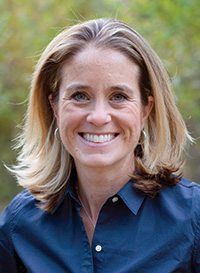
“It’s important to work with professional, reputable seed companies because there are a lot of things that can be compromised. We need viable, clean seeds that have been processed and mixed well,” Hunt says.
Diverse seed mixes often include a mix of 30 native wildflowers, which is ideal for many sites, but those mixes tend to cost a little more, so it’s also important to consider the project budget.
“There are several different options available to suit different budgets. Some lower cost options include mixes with fewer flowers, as well as legumes, or cover crop options. All of those can be good options that are less expensive,” Wilson says.
“There are lots of things to consider, so a farm service agent or your seed supplier can help you make those decisions,” she says.
Project Plans
It’s also important to consider the specific project site.
“We need to match the mix to the environment,” Hunt says.
While some may consider wildflowers to be less complicated than cash crops to grow, there are still challenges that require forethought.
Conditions such as what time of day the area receives sunlight, soil moisture, and soil type are all important to consider before choosing seeds for the pollinator habitat project.
“It’s just like picking seed for any other production need. Farmers need to understand what’s important and what will give them the most value,” Hunt says.
Wilson agrees that choosing plants that suit a particular site is more important than some might believe.
“If the flowers you choose don’t grow well in the conditions you have available at the site, even if you have a diverse mix of seeds, the plants won’t perform as they should,” she says.
Potential Benefits
The potential pollinator and environmental benefits increase as the diversity and consideration of wildflower species increases.
“There is a big difference when you plant the right mix for your project. I think farmers will see a difference, with more pollinators present, and more types of pollinators,” Wilson says.
Other potential benefits can include targeting specific pollinators that also improve crop yields for specific commodities.
In the future, planting flower species that attract certain pollinators could also be integrated with pest management systems through encouraging the presence wasps or other predators for certain field pests.
“The program will continue to evolve and grow as research continues. We are always developing the program,” Hunt says.
While it can seem simple to plant a pollinator habitat, to ensure success for your project, you should work with a reputable seed distributor for support.
“Syngenta is a science-based company. Just like with any aspect of farming and seed technology, we’re focused on the science and technology behind pollinator health, and that includes bringing the right mixes with the right attributes to farmers or other collaborators with Operation Pollinator,” Hunt says.


